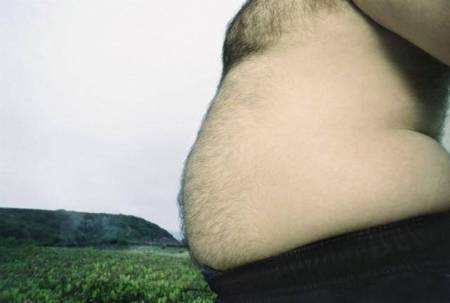 The U.S. Food and Drug Administration has approved a new drug to treat postmenopausal women who experience pain during sex, the agency announced Tuesday.
The U.S. Food and Drug Administration has approved a new drug to treat postmenopausal women who experience pain during sex, the agency announced Tuesday.
The drug Osphena (ospemifene) mimics the effects of estrogen on vaginal tissue, which can become thinner, drier and more fragile from menopause. The pill, taken with food once a day, makes vaginal tissue thicker and less fragile to reduce pain during sex (called dyspareunia).
“Dyspareunia is among the problems most frequently reported by postmenopausal women,” said Dr. Victoria Kusiak, deputy director of the Office of Drug Evaluation III in the FDA’s Center for Drug Evaluation and Research, in an FDA news release. “Osphena provides an additional treatment option for women seeking relief.”
The safety and effectiveness of Osphena was established in three clinical studies involving nearly 1,900 postmenopausal women with signs of vulvar and vaginal atrophy, or thinning and fragile vaginal tissue.
Women were randomly assigned take either Osphena or a placebo. In the first two studies, those who took the drug for 12 weeks experienced significantly less pain during sex than the women in the placebo group.
Although a third study on Osphena found the drug is safe for long-term use, the FDA noted that the drug should be prescribed for the shortest duration needed.
Osphena can cause the lining of the uterus to thicken, which is abnormal for postmenopausal women, the FDA cautioned. Women should seek medical attention right away if they experience unusual bleeding since it could be a warning sign of uterine cancer.
The new drug can also increase women’s risk for stroke and deep vein thrombosis, but not as much as estrogen-alone therapy, the FDA advised. Other possible Osphena side effects include hot flashes, vaginal discharge, muscle spasms, genital discharge and excessive sweating.
Source: health




 High waist circumference, severe obesity has been linked with the greatest risk of death in heart attack survivors, according to a research.
High waist circumference, severe obesity has been linked with the greatest risk of death in heart attack survivors, according to a research.